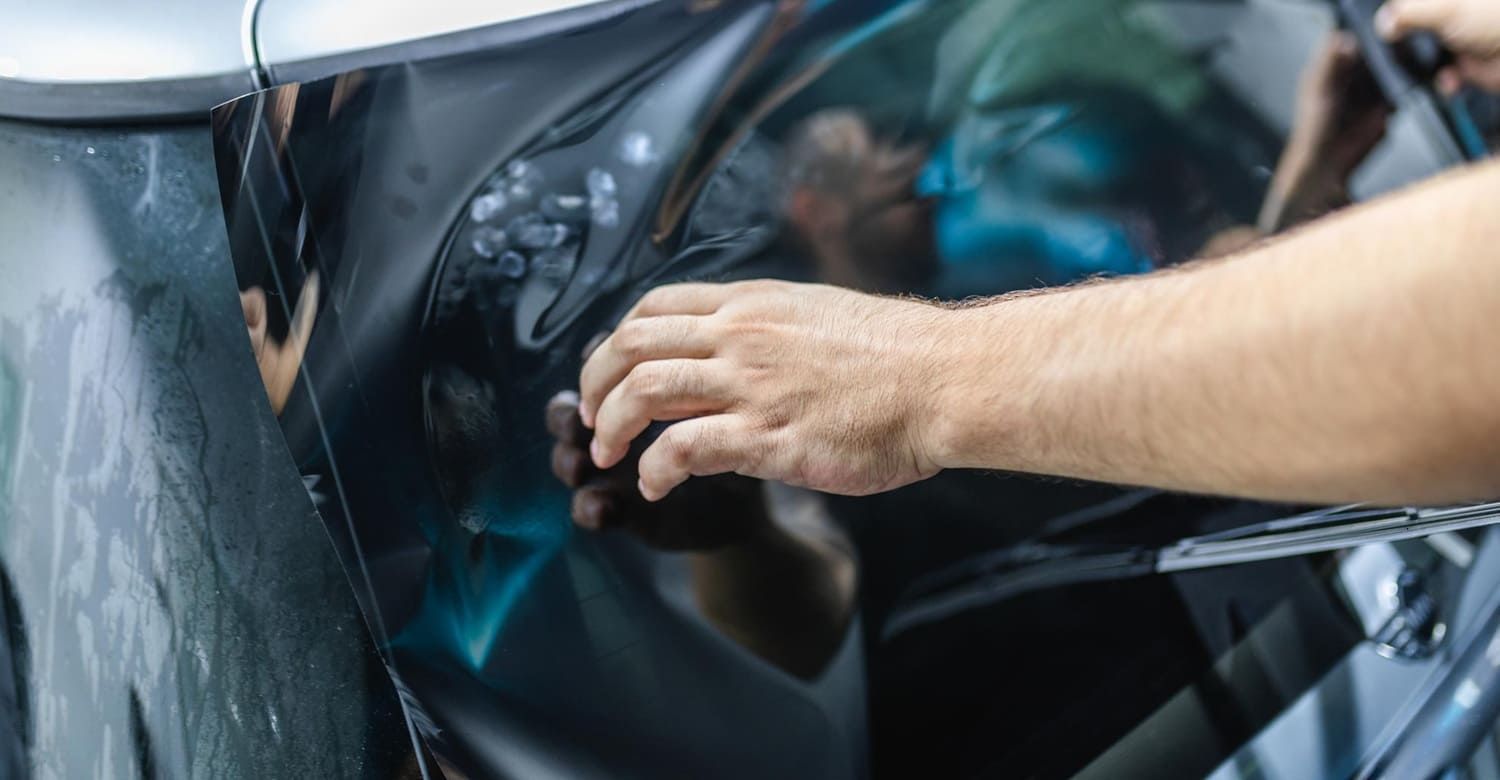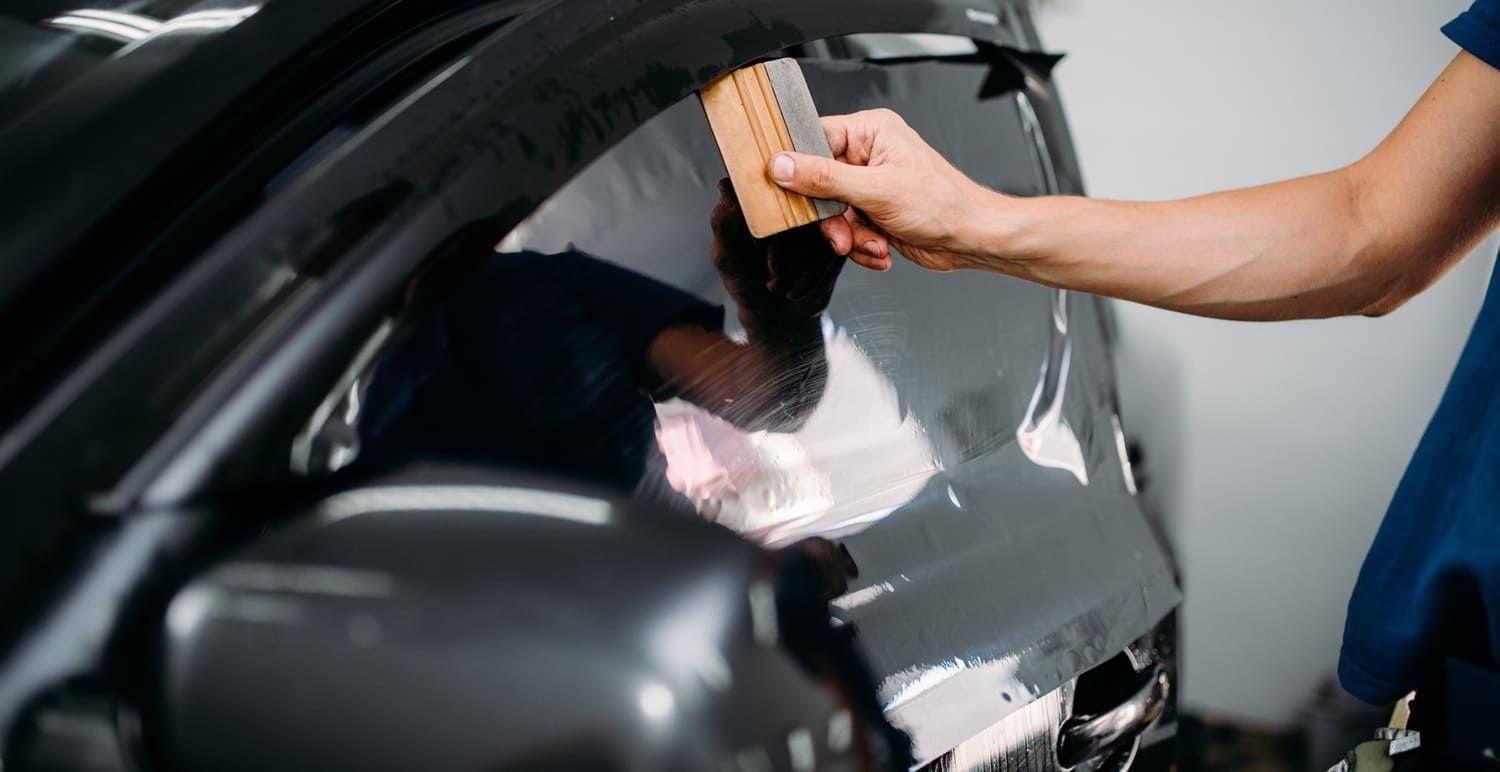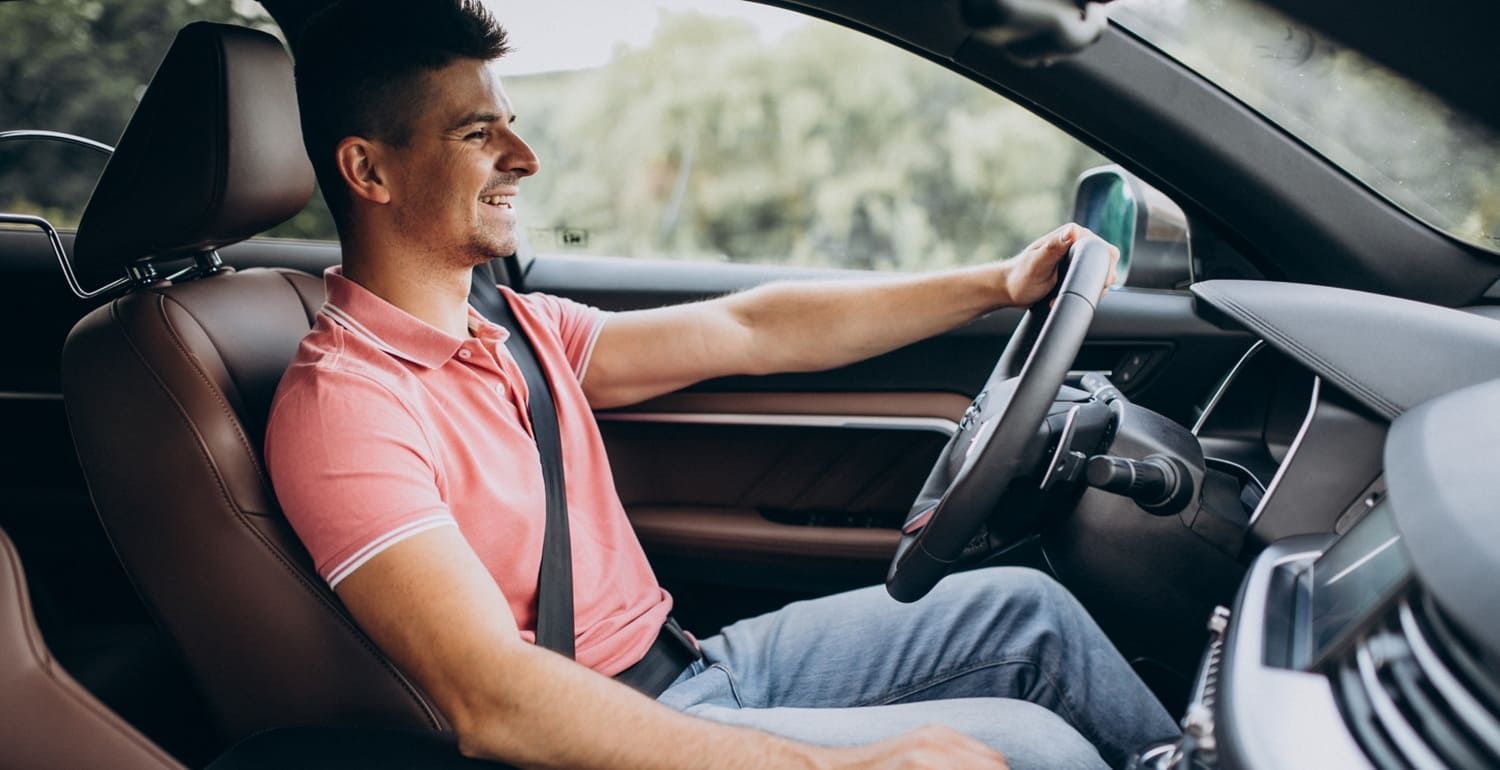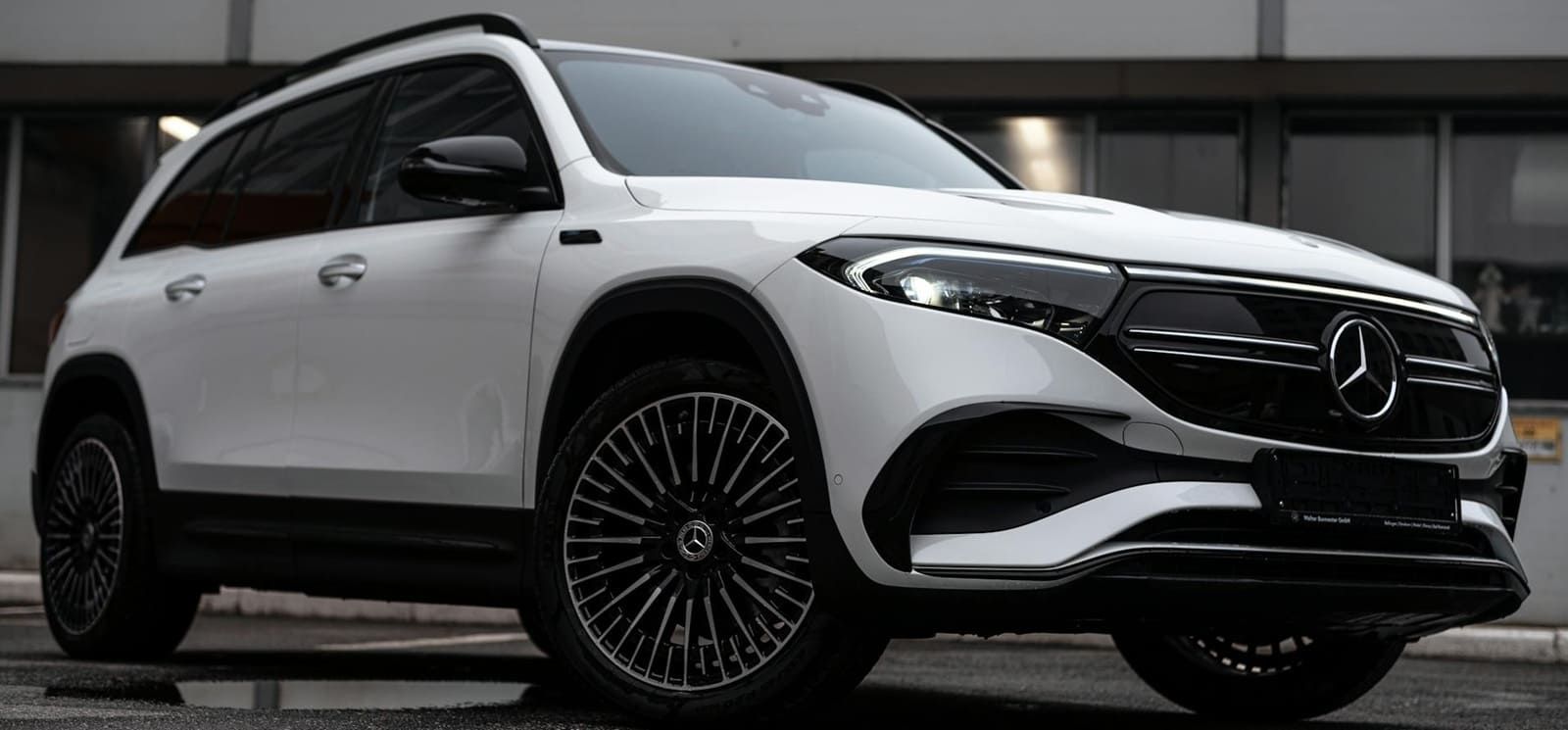What to Expect After Tinting Your Car Windows
After your car windows have been tinted, the film needs time to cure. The curing process is crucial for ensuring that the tint adheres properly and provides the desired benefits. Proper curing not only affects the durability of the film but also its appearance over time. Here's what you need to know:
What Is Curing?
Curing refers to the drying process of the adhesive used to apply the tint film to your car windows. During this time, the film bonds to the glass, ensuring a smooth and bubble-free finish. This process is vital as it determines the longevity and effectiveness of the tint. The curing process can take anywhere from a few days to a few weeks, depending on the type of tint, weather conditions, and the specific instructions provided by your installer. Patience during this period is key to achieving the best results.
Factors Affecting Curing Time
Several factors can affect how long it takes for the tint to cure completely:
- Type of Tint: Different types of window film have different curing times. For example, ceramic and metallic tints may take longer to cure than dyed films. The composition of the tint affects how quickly the adhesive dries and bonds with the glass surface.
- Weather Conditions: Warm, sunny weather can speed up the curing process, while cooler, damp conditions may prolong it. High humidity levels can also slow down the drying process, necessitating additional patience.
- Quality of Installation: A professional installation ensures a better bond between the film and glass, potentially reducing curing time. Skilled installers also ensure that the film is applied evenly, minimizing the risk of bubbles and other imperfections.

Immediate Changes You May Notice
Once your car windows have been tinted, you might notice some immediate changes. These changes are generally temporary and are part of the adjustment process as the film settles.
Appearance of Bubbles and Haze
It's common for newly tinted windows to appear hazy or have small bubbles. Don't worry—this is normal. These bubbles are typically just pockets of moisture trapped between the glass and the film. As the film cures, the bubbles should disappear, and the haze will clear. If these issues persist beyond the expected curing period, consult your installer for advice. Persistent bubbles may indicate an issue with the installation that needs to be addressed.
Changes in Window Operation
After tinting, your windows might feel a bit stiffer when you roll them up or down. This is because the film adds a layer to the glass, slightly increasing its thickness. It's a temporary inconvenience that should resolve as the film settles and cures. Avoid using your windows for a few days after installation to prevent disturbing the film before it has fully cured. Excessive movement during this time can lead to misalignment or peeling.
Caring for Your Newly Tinted Windows
Proper care and maintenance of your tinted windows can extend their lifespan and maintain their appearance. Well-maintained tint can provide lasting benefits and keep your vehicle looking stylish.
Cleaning Tips
It's essential to clean your tinted windows carefully to avoid damaging the film. Here are some tips:
- Wait Before Cleaning: Avoid cleaning the windows until the tint has fully cured, which can take up to a month. Cleaning too soon can interfere with the adhesive bond.
- Use Gentle Products: Use a soft cloth or microfiber towel and a mild, ammonia-free cleaner. Ammonia can damage the film, causing it to peel or discolor over time. Mild cleaners ensure the tint remains intact and clear.
- Avoid Abrasive Materials: Never use abrasive scrubbing pads or harsh chemicals, as these can scratch or damage the tint. Gentle cleaning helps maintain the film's integrity and appearance.
Protecting the Tint
In addition to careful cleaning, take these steps to protect your window tint:
- Avoid Parking in Direct Sunlight: Whenever possible, park your car in a shaded area or use a sunshade to reduce the risk of the tint fading over time. Prolonged exposure to direct sunlight can degrade the tint's quality.
- Be Mindful of Sharp Objects: Be cautious when loading items into your car to prevent sharp objects from coming into contact with the tinted windows. Scratches or tears can compromise the effectiveness of the tint.
Benefits of Car Window Tinting
While the immediate changes and care instructions are important, it's also worth highlighting the long-term benefits of having your car windows tinted. These benefits can enhance your driving experience and protect your vehicle.
Improved Privacy and Security
Tinted windows make it harder for others to see inside your vehicle, enhancing privacy and reducing the risk of theft. This added security can provide peace of mind, especially when parking in unfamiliar areas. Privacy is not only about personal comfort but also about reducing the temptation for potential thieves who might see valuables inside.
Reduced Glare and UV Protection
Window tint significantly reduces glare from the sun and headlights, improving driving comfort and safety. Less glare means less strain on your eyes and a more comfortable driving experience. Additionally, tinting blocks harmful UV rays, protecting your skin and preventing the interior of your car from fading or cracking. This protection is crucial in maintaining the value and aesthetics of your vehicle's interior.
Enhanced Aesthetic Appeal
Tinted windows give your vehicle a sleek, modern look that can enhance its overall aesthetic appeal. Whether you prefer a subtle tint or a darker shade, window tinting can complement your car's design. The right tint can make your car stand out, adding a touch of elegance and sophistication.

Legal Considerations
Before tinting your car windows, it's essential to be aware of the legal regulations in your area. Different states and countries have varying laws regarding the darkness and reflectivity of window tint. Failing to comply with these regulations can result in fines or the need to remove the tint. Legal compliance ensures that you can enjoy the benefits of tinting without any legal hassles.
Checking Local Laws
To ensure your tint complies with local laws, check the regulations for your area. Most professional tinting services are familiar with these laws and can help guide you in selecting an appropriate tint level. It's crucial to understand the legal limits on tint darkness and reflectivity to avoid any fines or penalties.
Keeping Documentation
After having your windows tinted, keep any documentation provided by the installer. This may include the type of tint used, the percentage of light transmission, and any warranties. Having this information on hand can be helpful if you need to prove compliance with local laws. Documentation can also be valuable if you encounter any issues with the tint and need to claim a warranty.
Conclusion
Tinting your car windows is a worthwhile investment that offers numerous benefits—from improved privacy and security to enhanced comfort and style. At Leo’s Touch Window Tinting, proudly serving Tampa, FL, we specialize in high-quality tint installations that elevate both the appearance and performance of your vehicle.
By understanding what to expect after installation, following proper care instructions, and staying informed about Florida’s tint laws, you can ensure your tint lasts and performs effectively for years to come. Whether you're upgrading your vehicle’s look or protecting its interior from heat and UV damage, window tinting is a practical and stylish solution.
Contact Leo’s Touch Window Tinting today for your free estimate and expert advice on getting the most from your tint.
Properly maintained window tint doesn’t just enhance your car’s appearance—it contributes to a safer, more comfortable, and more enjoyable driving experience every day.













